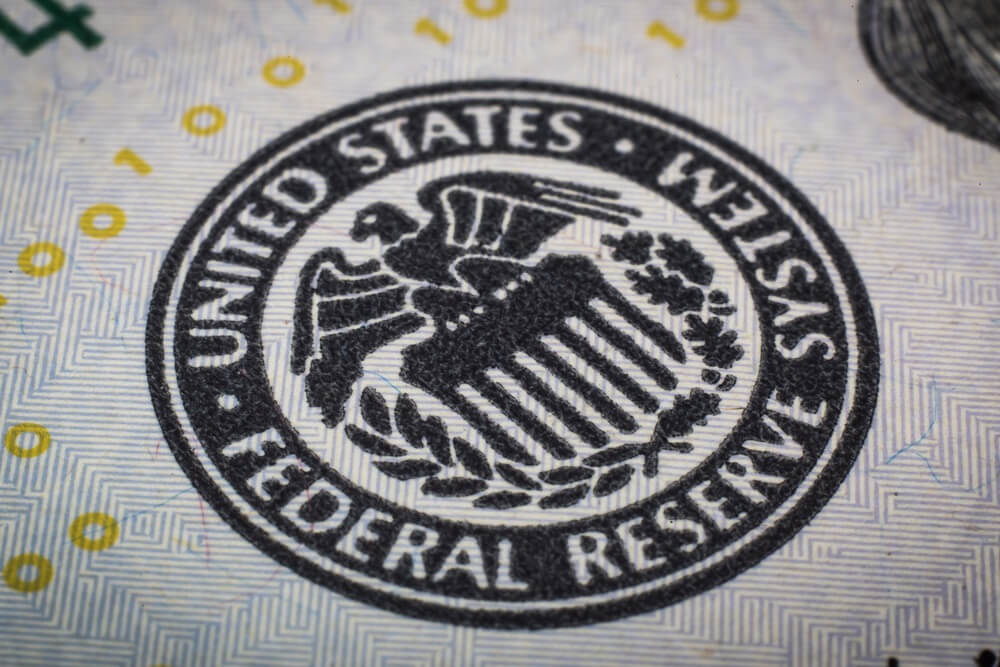Banking giants like BoA and Goldman Sachs now expect multiple Federal Reserve interest rate cuts this year, amid weak jobs data.
Interest rate cuts are now one of the biggest topics in financial markets.
After months of speculation, several major banks including Bank of America, Goldman Sachs and Citigroup, have issued forecasts for multiple rate reductions next year.
This change comes after weak jobs data showed cracks in the U.S. labor market. This has increased the likelihood that the Federal Reserve will pivot from fighting inflation to supporting employment.
Banks Revise Forecasts for Federal Reserve Policy
The Bank of America had long resisted the idea of rate cuts this year. Its analysts argued that inflation risks were more than the need for easing. That stance changed after the Bureau of Labor Statistics reported that the U.S. unemployment rate climbed to 4.3% in August.
Earlier this week, another major crack appeared in the labor market.
In July, the US had 7.18 million job openings for 7.24 million unemployed people.
There are now MORE unemployed people than job openings in the US for the first time since April 2021. pic.twitter.com/wD3ZzmERsr
— The Kobeissi Letter (@KobeissiLetter) September 5, 2025
The bank now expects the Federal Reserve to cut rates twice this year. Once in September and again in December, each by 25 basis points.
Goldman Sachs on the other hand, expects three rate cuts of 25 basis points each in September, October and November.
Citigroup also expects 75 basis points of reductions, which will be spread across September, October and December. Together, these forecast show a clear consensus among banking giants that policy easing is close.
Why the Federal Reserve Is Under Pressure
The U.S. jobs market has softened across multiple measures. August hiring came in far below expectations and had only 22,000 new positions added (as opposed to forecasts of 75,000).
Layoffs are also rising with more than 892,000 job cuts recorded through August. This is a 66% increase from last year, and open job positions have dropped to 7.2 million in July from more than 12 million in 2022.
The Federal Reserve is tasked with achieving two goals:
Lowering unemployment and stabilizing inflation. Balancing these two tends to be difficult because lower rates help reduce unemployment but risk driving up inflation.
On the other hand, higher rates curb price growth but suppress hiring.
Federal Reserve Chair Jerome Powell has held rates steady for much of the year, and has cited worries that premature cuts could reignite inflation. Consumer Price Index (CPI) data supports his caution and shows showing a rise to 2.7% from 2.3% in April.
Yet with the job market faltering, the Fed’s priorities may change soon.
Market Reactions and Investor Expectations
Data from the CME Group shows that more than 88% of traders expect a 25 basis point cut at the September Federal Open Market Committee (FOMC) meeting. About 12% now believe a 50 basis point reduction is possible.
This stands as a major change from just weeks earlier, when most expected no change in policy.

Lower rates typically boost liquidity. This makes it easier for investors to borrow and invest in risk assets.
Cryptocurrencies and equities also benefit the most from this environment. Historical trends indicate that periods of falling interest rates tend to correlate with stronger bull markets.




